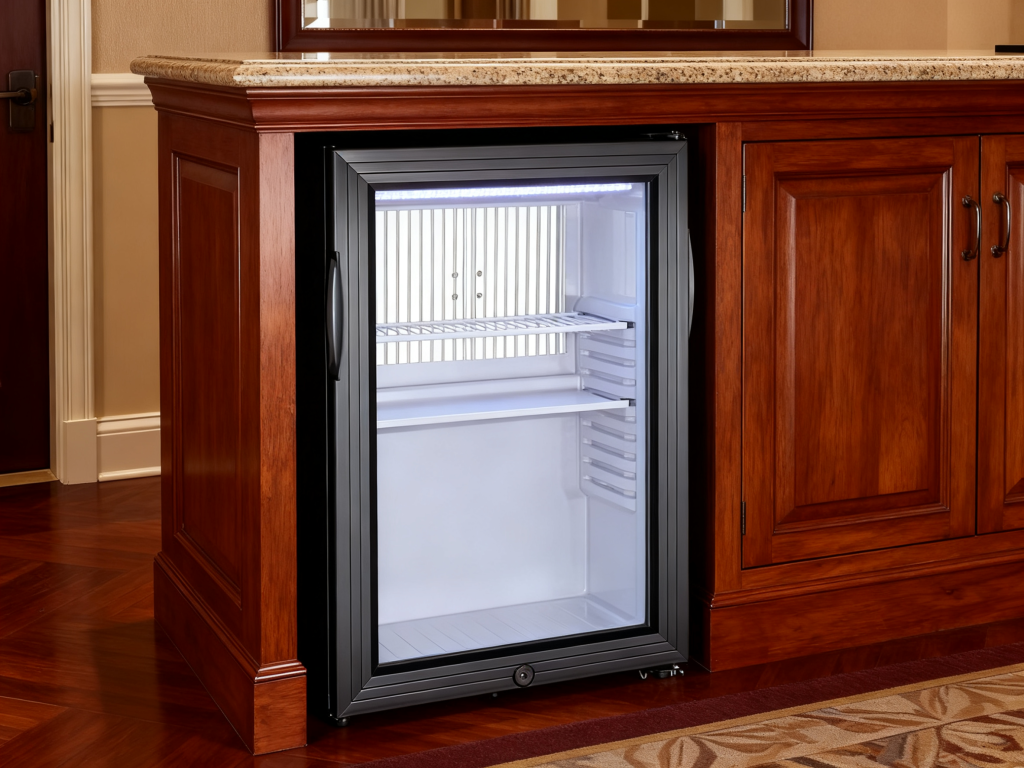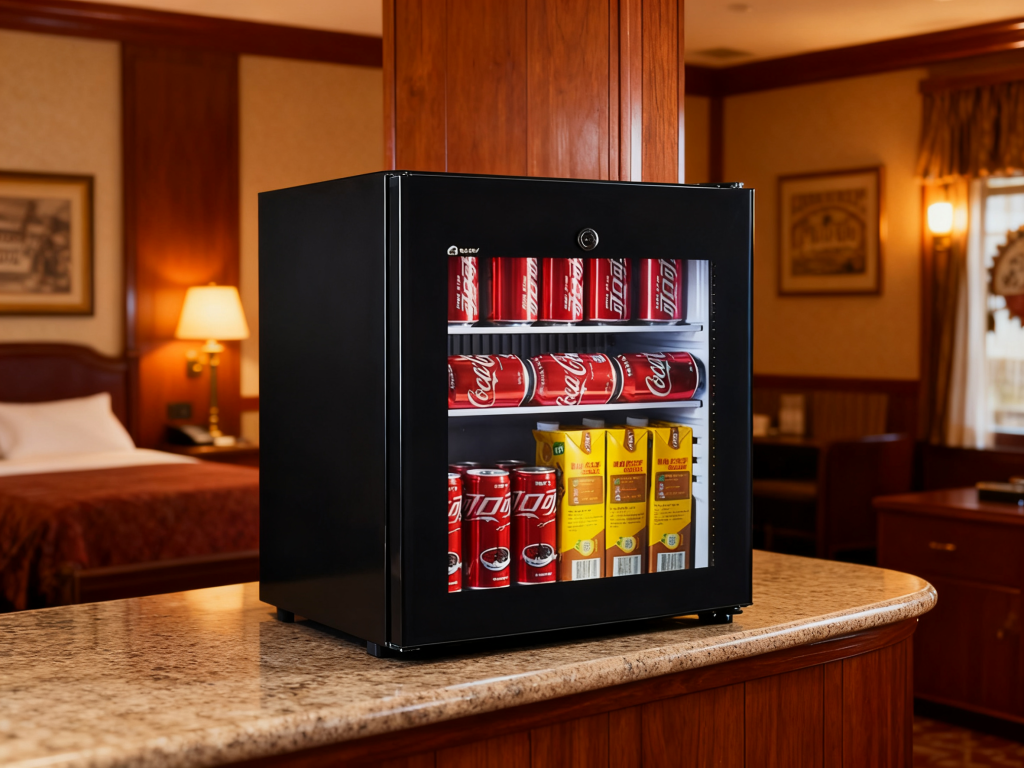Mini refrigerators are essential for small living spaces, hotel rooms, offices, and compact guest suites. While they offer convenience and efficiency, their limited capacity can quickly become a challenge if not organized properly. Whether you’re using a hotel-style mini bar refrigerator or a compact home unit, knowing how to maximize storage space can greatly improve accessibility, cooling performance, and energy efficiency. Here are practical, easy-to-implement tips to make the most of your mini fridge.
Before organizing anything, take a moment to examine the internal layout of your mini refrigerator. Many compact models—especially those designed for hotel rooms—feature adjustable shelves, interior LED lighting, bottle racks, and compact freezer sections. By understanding how the space is structured, you can plan a more efficient storage system.
Key considerations include:
This initial assessment helps you work with the fridge’s design instead of against it.

A simple declutter can instantly improve storage capacity. Remove everything from the fridge, discard expired or unused items, and clean the surfaces. Once everything is out, group items into categories such as drinks, dairy, snacks, condiments, and produce.
Categorizing items helps you:
A well-organized fridge begins with a clean slate.
Small organizational tools can make a big difference, especially in tight spaces.
Using transparent bins helps keep small items together while maintaining visibility. Assign one bin for snacks, one for beverages, and another for condiments. This keeps items contained and prevents clutter.
Because mini refrigerators have limited horizontal space, think vertically. Stackable food containers allow you to use unused vertical room while keeping contents neat and separated.
If the interior height allows it, shelf risers help create an additional level for smaller items like yogurt cups, canned drinks, or fruit packs.
Horizontal bottle holders or clips prevent rolling and free up shelf space for other items.
Using smart organizers prevents wasted space and improves accessibility.
To maximize space, store items based on frequency of use and height.
Reserve this level for frequently accessed items such as snacks, drinks, and ready-to-eat foods. Keeping them at eye level improves convenience.
This is typically the coldest section, ideal for items that need stable, low temperatures. If storing raw meat (in mini fridges that allow it), always place it on the bottom in a sealed container to prevent contamination.
The door is best suited for items less sensitive to temperature changes, such as juices, sauces, condiments, or cans. Avoid storing milk or eggs here, as temperatures fluctuate every time the door opens.

While it’s tempting to fill every inch of the refrigerator, overpacking creates several problems:
Aim to keep your fridge about two-thirds full. This ensures good airflow and efficient cooling while still giving you plenty of storage.
A mini fridge requires regular upkeep to remain efficient and organized. Create a routine with these habits:
Consistent maintenance keeps your refrigerator fresh, efficient, and easy to use.
Mini bar refrigerators manufactured for hotels are designed with space optimization in mind. They typically include:
These design principles function as inspiration for maximizing storage in any mini fridge. The core idea: every inch should serve a purpose.
A mini refrigerator may be small, but with smart planning and organization, it can store more than you think. By understanding your fridge’s layout, decluttering regularly, using organizational tools, and optimizing item placement, you can turn limited space into efficient, well-structured storage. Whether it’s for home, office, or hotel use, these tips help ensure your mini refrigerator stays functional, tidy, and energy-efficient.

Recent postsLearn More